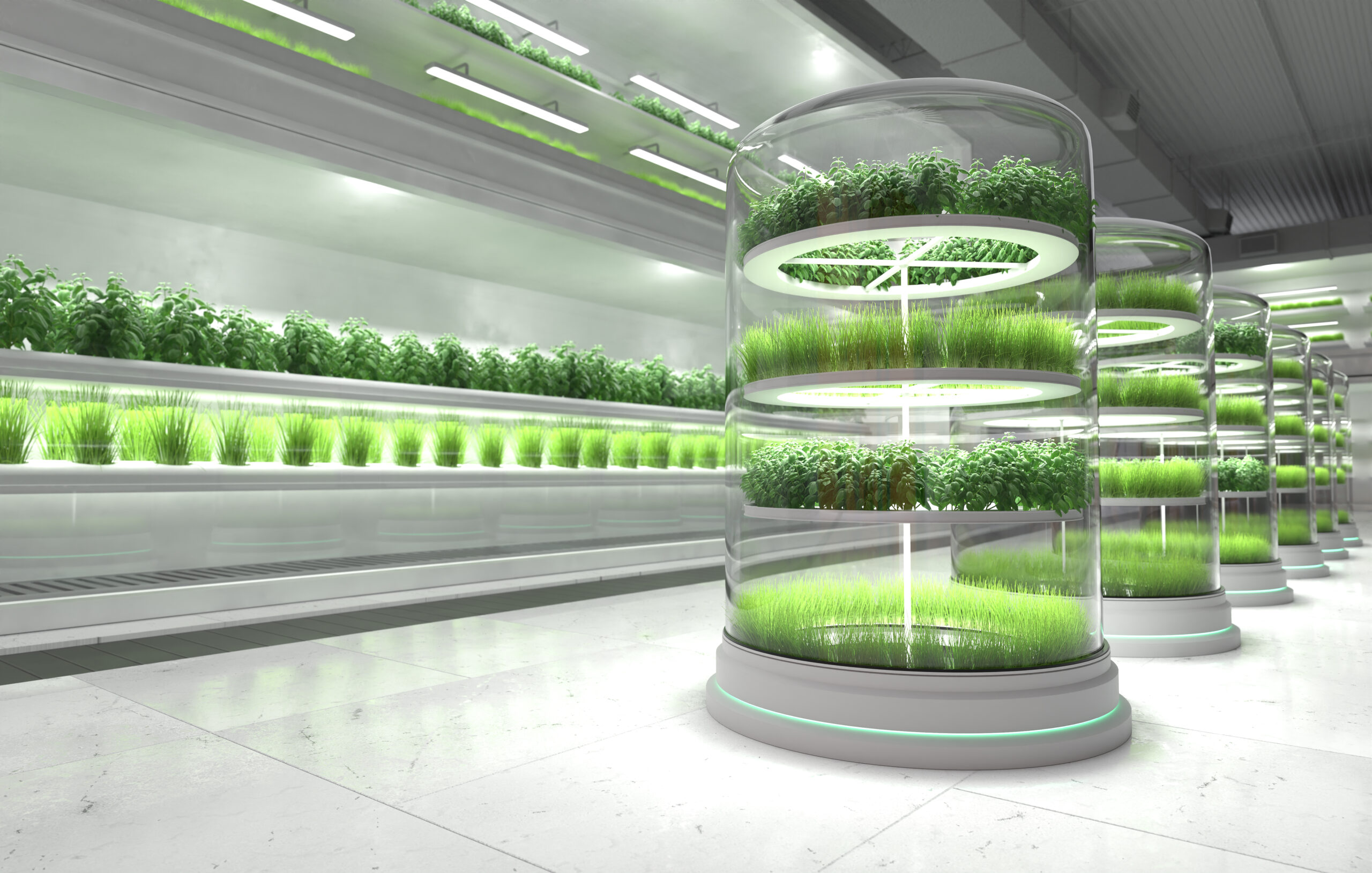
Hydroponics, the soil-less method of growing plants, is witnessing transformative innovations. As we look towards sustainable farming practices, let’s explore the groundbreaking advancements reshaping the landscape of hydroponics gardening.
Advanced Monitoring Systems and The Digital Age:
Digital technology is revolutionizing hydroponics. Through the Internet of Things (IoT), gardeners can oversee and tweak their setups from miles away using dedicated apps. Beyond remote monitoring, Artificial Intelligence and Machine Learning offer predictive analytics, enabling proactive plant care, resource allocation, and even disease prevention, marking a major shift from reactive to proactive gardening.
Artificial Intelligence and Machine Learning offer predictive analytics, enabling proactive plant care
Lighting the Way with LEDs:
LED technology is illuminating the path for hydroponic growers. Modern full-spectrum LEDs simulate sunlight conditions, offering plants a tailored light spectrum for different growth stages, from seedlings to flowering. In addition to their flexibility, these LEDs run cooler and consume less power, making them ideal for enclosed hydroponic setups.
Sustainability at the Forefront:
Water conservation is crucial in today’s world. Advanced hydroponic systems now come with intricate water recycling and filtration mechanisms, ensuring minimal wastage. Coupled with solar-powered units, these systems make urban farming not just feasible, but environmentally responsible.
Scalability and Modularity:
From backyard hobbyists to industrial farms, hydroponics now caters to all. Modular systems can be interconnected, allowing growers to start small and expand as required. This adaptability makes hydroponics an attractive proposition for diverse growers.
The Age of Automation:
Modern hydroponics is increasingly hands-off, thanks to automation. Advanced systems self-regulate, automatically adjusting nutrient concentrations, pH levels, and light cycles. This ensures optimal conditions consistently, resulting in healthier plants and better yields.
Tailored Nutrient Solutions:
Every plant is unique, and so are its nutritional requirements. The latest nutrient mixes are tailored for specific plant species and growth stages, allowing growers to optimize plant health and productivity by ensuring they receive just the right nutrients.
A Thriving Community and Enhanced Learning:
With a global community of hydroponic enthusiasts growing, resources have become more accessible. Numerous online forums, workshops, and courses have sprung up, fostering knowledge exchange and providing support to both novices and experts.
The Rise of Aeroponics:
Aeroponics, with its ultra-efficient nutrient delivery via mist, is rapidly gaining traction. Precision nozzles and optimized misting schedules are ensuring faster growth rates, reduced nutrient usage, and even healthier plants compared to traditional hydroponics.
Urban gardening is booming. Compact and user-friendly hydroponic kits are making it easier for city residents to grow their own food. These kits often incorporate smart tech, allowing users to monitor and adjust their mini-farms via smartphone.
Aquaponics: A Symbiotic Revolution:
Blending hydroponics with aquaculture has given rise to aquaponics—a system where fish and plants support each other. Fish waste offers rich nutrients for plants, while plants help purify water for fish. This natural recycling system exemplifies sustainable farming.
Embracing Robotics:
Robotics is infusing efficiency into commercial hydroponics. From precision seeding to gentle harvesting, robots ensure consistency and speed, maximizing output and reducing manual labor costs.
In conclusion, the blend of technology and nature in hydroponics is ushering in a new era of sustainable agriculture. As we refine these innovations, hydroponics promises to be a cornerstone of urban farming, food security, and environmental conservation.




 Growopoly’s independent sellers provide equipment and supplies for plant growing, harvesting and post-harvesting. No more guesswork like Amazon and Ebay with their paid algorithms, these products are meant to be sold here. Shop at Growopoly.com today!
Growopoly’s independent sellers provide equipment and supplies for plant growing, harvesting and post-harvesting. No more guesswork like Amazon and Ebay with their paid algorithms, these products are meant to be sold here. Shop at Growopoly.com today!